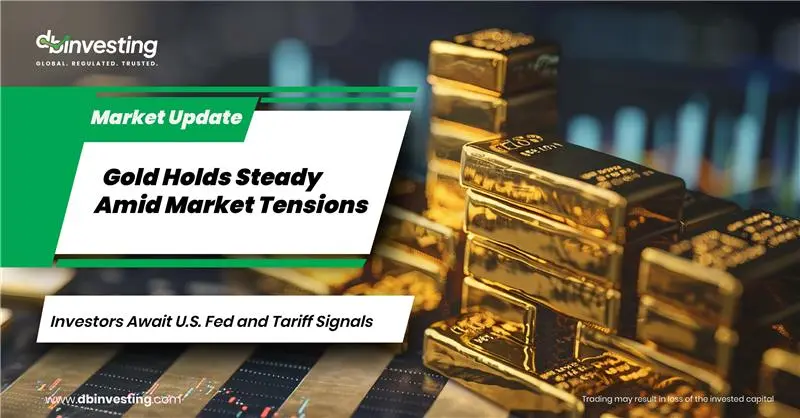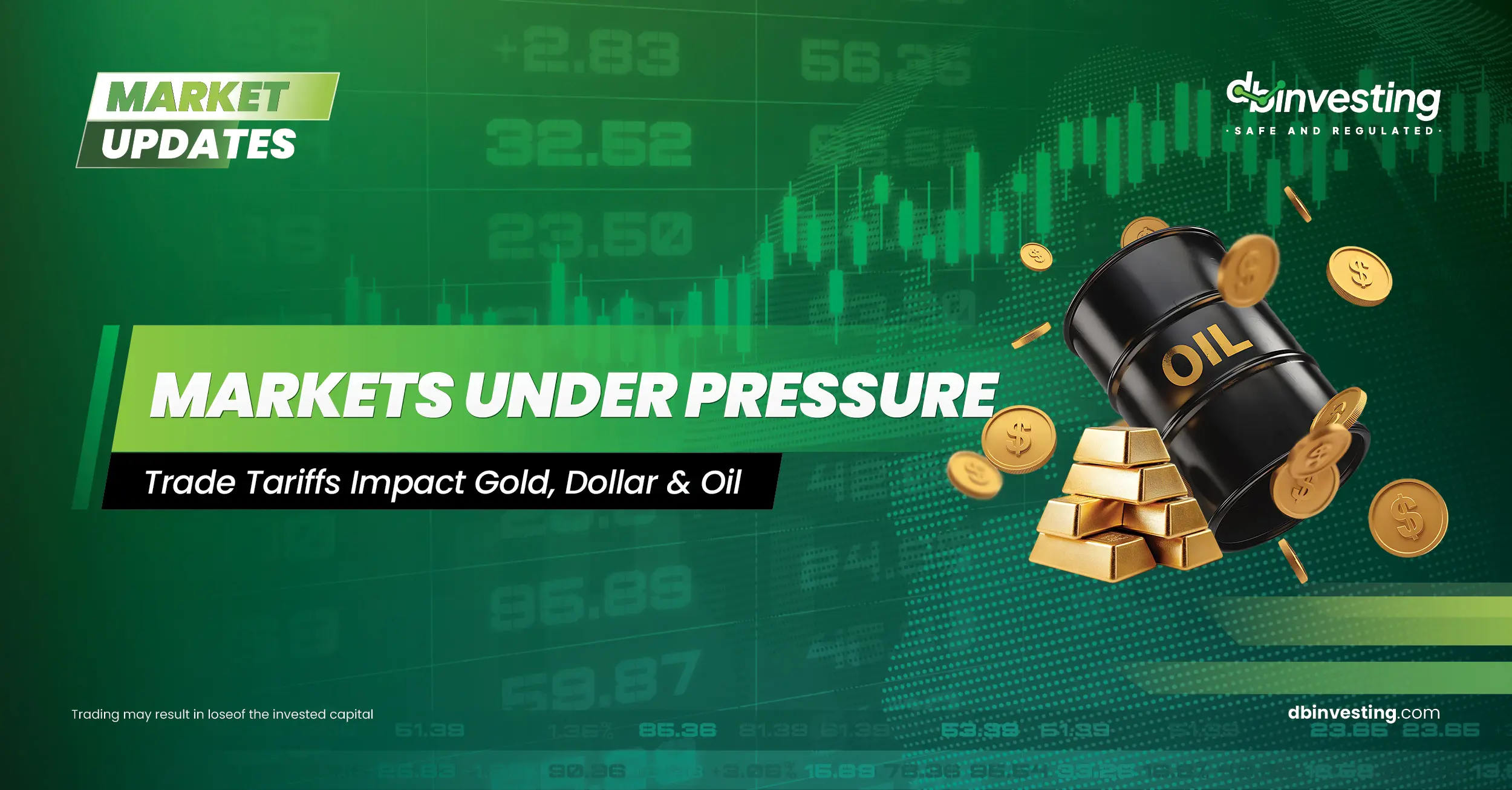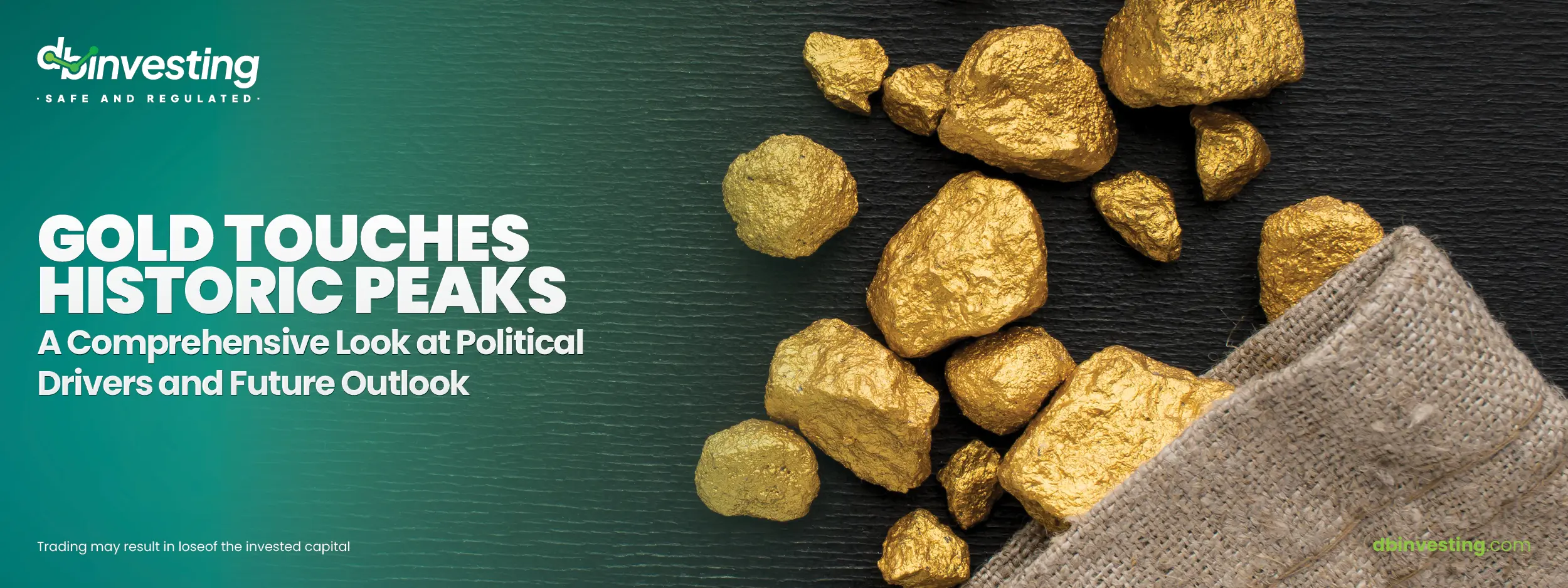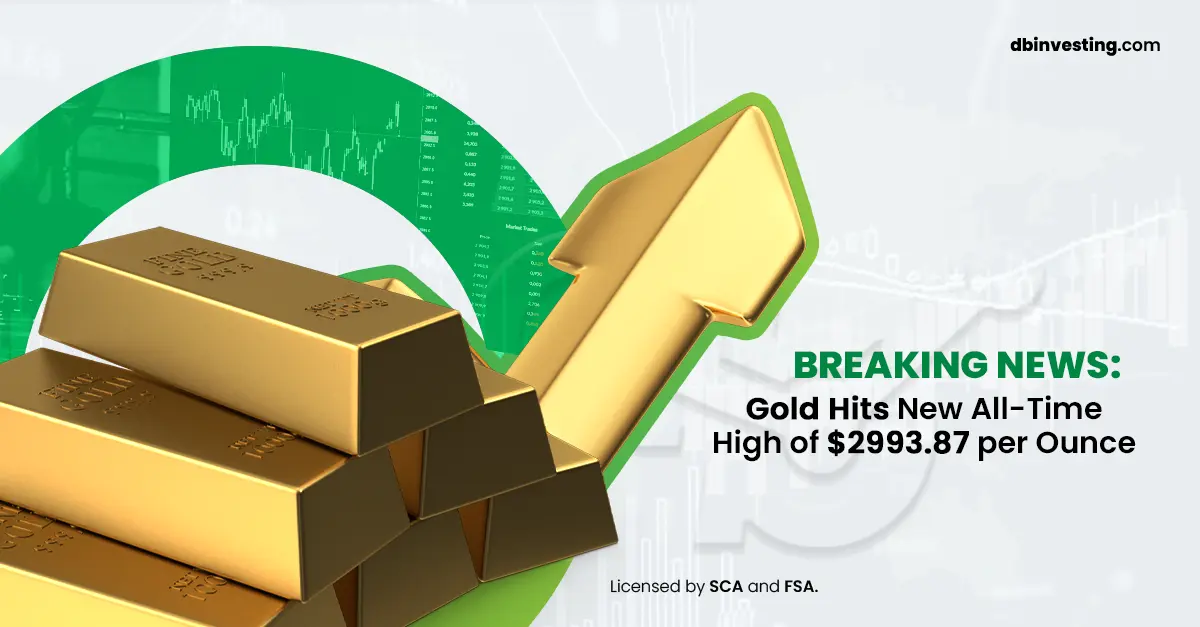Gold Touches Historic Peaks
A Comprehensive Look at Political Drivers and Future Outlook
Gold prices have witnessed a significant surge and volatility over the past two weeks, driven by escalating global political unrest. The precious metal has once again become a safe haven for investors amidst rising geopolitical tensions and controversial government decisions. This blend of crises has enhanced gold’s appeal among traders seeking security, reflected in its prices reaching new historic highs by the end of the period. In this article, we explore the key recent political developments affecting gold’s movement, analyse the reasons behind the fluctuations, and offer short-term predictions based on these developments.
Gold Price Performance in the Past Two Weeks
Gold began this period at levels close to $3000 per ounce, continuing to rise as political instability intensified. By the end of the second week, gold broke its previous records, reaching a historic price of approximately $3086 per ounce on March 28, 2025, fueled by a surge in buying driven by the search for a safe haven. As a result, gold had gained more than 15% since the start of 2025, having previously peaked at around $3057 on March 20. These consecutive price jumps generated significant momentum in the market, marking the fourth consecutive weekly increase by the end of March. It is also worth noting that gold’s movement was characterized by volatility, as despite the overall upward trend, prices experienced periods of relative calm and short-term profit-taking, with some temporary relief from certain crises.
Political Events Behind Gold’s Volatility
Several global political events and tensions played a pivotal role in driving gold prices higher over the past two weeks, including:
Escalation in the Global Trade War
US President Donald Trump unexpectedly announced the imposition of new tariffs on car imports and other goods, sparking fears of an all-out trade war between the United States and its partners. This announcement created concern in the markets about a potential economic slowdown and rising inflation, pushing investors towards gold as a safe haven. Consequently, prices jumped immediately following the news, reaching unprecedented levels above $3080. It is noteworthy that other countries quickly warned of retaliatory measures, with some nations vowing to respond in kind if Washington proceeded with its car tariffs. This heightened the tension in international trade relations and increased uncertainty. Although the White House hinted at possible exemptions for certain countries or delays in implementing some tariffs, the ongoing uncertainty surrounding US trade policies remained a pressure factor, driving up demand for gold. One analyst commented that US trade and fiscal policies, geopolitical tensions, and economic slowdowns are all driving gold towards further increases, particularly with the anticipated implementation of new tariffs in early April.
Renewed Tensions in the Middle East
Military escalation in the Middle East has again dominated the headlines in recent days. After a two-month period of calm, the ceasefire between the occupying entity and Hamas in Gaza broke down. The situation escalated with Israeli airstrikes on Gaza in retaliation for renewed rocket fire, restoring an atmosphere of instability in the region and pushing both regional and global investors towards safe-haven assets, especially gold.
In parallel, another source of tension emerged with security threats in the Red Sea. US President Trump warned that he would hold Iran responsible for any new attacks by Houthi rebels on international shipping in the region. These developments heightened fears of broader regional conflicts, contributing to increased demand for gold as investors sought to hedge against political risks in the Middle East.
Ongoing Ukraine Crisis
The war between Russia and Ukraine continues to cast a heavy shadow over the global and investment landscape. In the past two weeks, there was no significant progress towards resolving the conflict, despite some behind-the-scenes diplomatic efforts. The US announced separate agreements with both Kyiv and Moscow to ensure safe navigation in the Black Sea and prevent attacks on energy infrastructure on either side. While this step was important in containing some risks (such as securing international grain and energy shipments), the military situation and the overall tension remained unresolved. The prolonged crisis in Ukraine has kept geopolitical uncertainty high, maintaining investors’ appetite for gold as a hedge. Indeed, the conflict in Eastern Europe is currently seen as one of the key drivers of gold prices, alongside other factors like trade tensions and inflation. As there is no clear end in sight for the war in Ukraine, gold continues to benefit from this volatile situation as a traditional safe-haven asset.
These combined factors—trade wars, military conflicts, and economic uncertainties—have created a globally risky environment, driving gold to achieve strong gains. According to market analysts, gold continues to benefit from the ongoing uncertainty in US policies, trade tensions, and military conflicts worldwide, in addition to concerns about inflation and general economic ambiguity. All of these factors have reinforced gold’s reputation as a safe investment choice in recent times.
Short-Term Gold Price Predictions
Given the current political turmoil, analysts expect gold to maintain its appeal in the short term, with the potential for continued upward momentum. With trade threats remaining and the expected implementation of new US tariffs in early April, higher price levels could be seen if these tariffs lead to further escalation and international backlash.
Some technical estimates suggest that gold’s next resistance level could be around $3100 per ounce, a key point that analysts see as the next significant target if current supporting factors continue. Some even anticipate a potential rise to $3125 in the near term if the upward trend remains as strong.
On the other hand, temporary price corrections are not ruled out; if sudden political breakthroughs occur in major points of tension (such as an effective ceasefire in Gaza or progress in trade negotiations), demand for safe-haven assets may ease slightly, putting downward pressure on gold. However, experts generally share a positive outlook for gold as long as uncertainty persists. Continued ambiguity regarding government policies and global economic trends, coupled with unresolved geopolitical tensions, points in Favor of the precious metal.
Additionally, current monetary conditions—such as central banks’ inclination towards easing or maintaining interest rates—provide supportive ground for gold by keeping the opportunity cost low.
In conclusion, gold appears poised to maintain its recent gains in the foreseeable future, supported by favorable winds from global political events that remain far from stable. As investors carefully monitor the upcoming developments—whether related to key US trade decisions or the trajectories of international conflicts—gold remains a safe investment choice, offering opportunities for those looking to seize potential gains or manage risks in the yellow metal market. If political tensions and political deadlocks persist without fundamental solutions, gold’s allure may continue, potentially reaching new peaks, making the upcoming period crucial for observers seeking to capitalize on opportunities or mitigate risks.
commented that US trade and fiscal policies, geopolitical tensions, and economic
slowdowns are all driving gold towards further increases, particularly with the anticipated
implementation of new tariffs in early April.
Renewed Tensions in the Middle East
Military escalation in the Middle East has again dominated the headlines in recent days.
After a two-month period of calm, the ceasefire between the occupying entity and Hamas
in Gaza broke down. The situation escalated with Israeli airstrikes on Gaza in retaliation
for renewed rocket fire, restoring an atmosphere of instability in the region and pushing
both regional and global investors towards safe-haven assets, especially gold.
In parallel, another source of tension emerged with security threats in the Red Sea. US
President Trump warned that he would hold Iran responsible for any new attacks by
Houthi rebels on international shipping in the region. These developments heightened
fears of broader regional conflicts, contributing to increased demand for gold as
investors sought to hedge against political risks in the Middle East.
Ongoing Ukraine Crisis
The war between Russia and Ukraine continues to cast a heavy shadow over the global
and investment landscape. In the past two weeks, there was no significant progress
towards resolving the conflict, despite some behind-the-scenes diplomatic efforts. The
US announced separate agreements with both Kyiv and Moscow to ensure safe
navigation in the Black Sea and prevent attacks on energy infrastructure on either side.
While this step was important in containing some risks (such as securing international
grain and energy shipments), the military situation and the overall tension remained
unresolved. The prolonged crisis in Ukraine has kept geopolitical uncertainty high,
maintaining investors’ appetite for gold as a hedge. Indeed, the conflict in Eastern Europe
is currently seen as one of the key drivers of gold prices, alongside other factors like trade
tensions and inflation. As there is no clear end in sight for the war in Ukraine, gold
continues to benefit from this volatile situation as a traditional safe-haven asset.
These combined factors—trade wars, military conflicts, and economic uncertainties—
have created a globally risky environment, driving gold to achieve strong gains. According
to market analysts, gold continues to benefit from the ongoing uncertainty in US policies,
trade tensions, and military conflicts worldwide, in addition to concerns about inflation
and general economic ambiguity. All of these factors have reinforced gold’s reputation as
a safe investment choice in recent times.




